
Electric heat gun
As practice shows, this type of heating equipment is in demand by the suburban community, so we will pay more attention to it and consider it in more detail.
The design of electric guns is noticeably simpler than diesel and gas ones. And this is not surprising, because electric energy is the cleanest and most accessible for use, which is its main advantage. The heart of the device can be called a heating element. It has three design options:
- spiral made of refractory metals;
- the system is hermetically sealed pipes, which is filled with quartz sand;
- ceramic heating element.
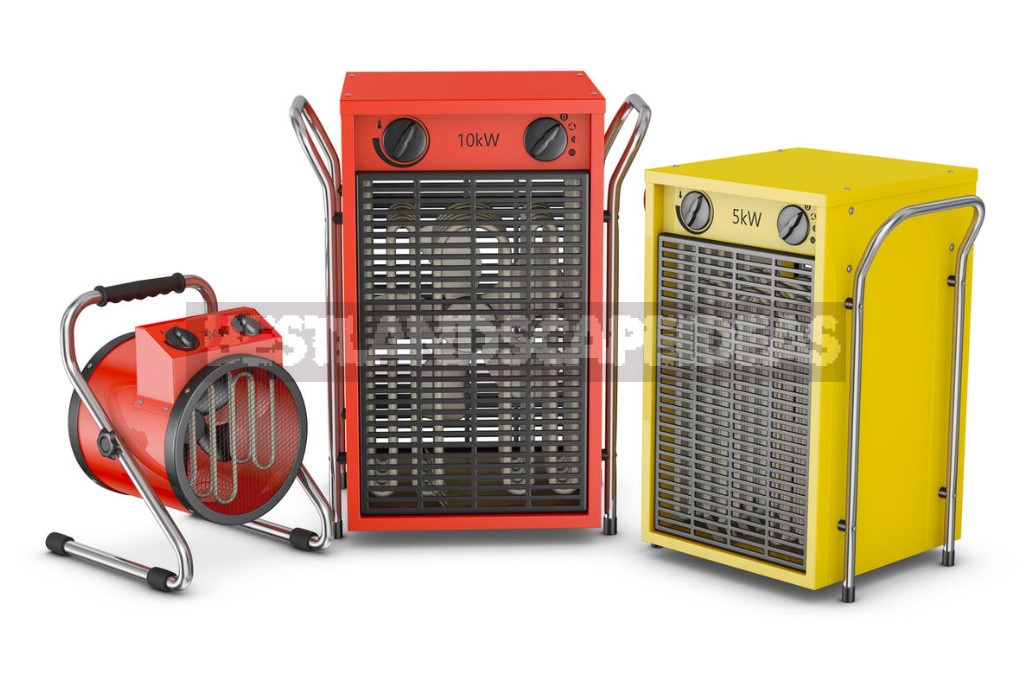
In the first version, the air flow is heated while passing through a hot spiral, the temperature of which is several hundred degrees! As a result, not only small dust burns, but also oxygen, which, of course, is not very good, because summer residents go out of town to get some fresh air. Another big disadvantage of the design is the fire hazard of the device. If the case is accidentally overturned, the spiral may overheat and ignite objects (such as curtains) in the vicinity.
The second option is a small upgrade of the heater with a spiral. The advantage of this design is the extended service life and high fire safety.
In the third version, the air is heated by passing through metal radiators connected by ceramic plates. The heat guns of this design have significant advantages over the previously considered models. The fact is that the heating temperature of the metal radiator is much lower than the spiral, and the total area of the heat-emitting surface is larger. As a result, the oxygen in the air does not burn, which makes staying in the room comfortable. It should also be noted that heat guns with ceramic heaters work almost silently, have a longer service life and will not cause a fire. A good example of a heat gun with a ceramic heater is the DHC 2-100 DENZEL.
Of course, electric units also have their own characteristics. For example, depending on the power, thermal electric guns can be connected to single-phase and three-phase power supply systems. Therefore, when choosing a device of this type, it is necessary to take into account the parameters of the electrical wiring that the room is equipped with. However, three-phase connection is required for devices with a power greater than 5 kW, and household heaters are rarely of this power.

Criteria for reliable heat transfer
For a more visual introduction to the heat gun with a ceramic heater, consider the DHC 2-100, manufactured under the DENZEL trademark.
Security
As users, we are primarily interested in the security level of the device. The DHC 2-100 has the first class of protection against electric shock. This class also includes most household appliances: washing machines, dishwashers, food processors, and so on. The design has a built-in thermostat that allows you to set the desired temperature in the room for automatic switching on and off of the gun. Protection against overheating will save in critical situations – if the gun is overturned, it will be covered with something or a foreign object will stop the fan. The front grille with a small cell will prevent accidental objects (as well as the fingers of curious kids) from entering the heater zone.
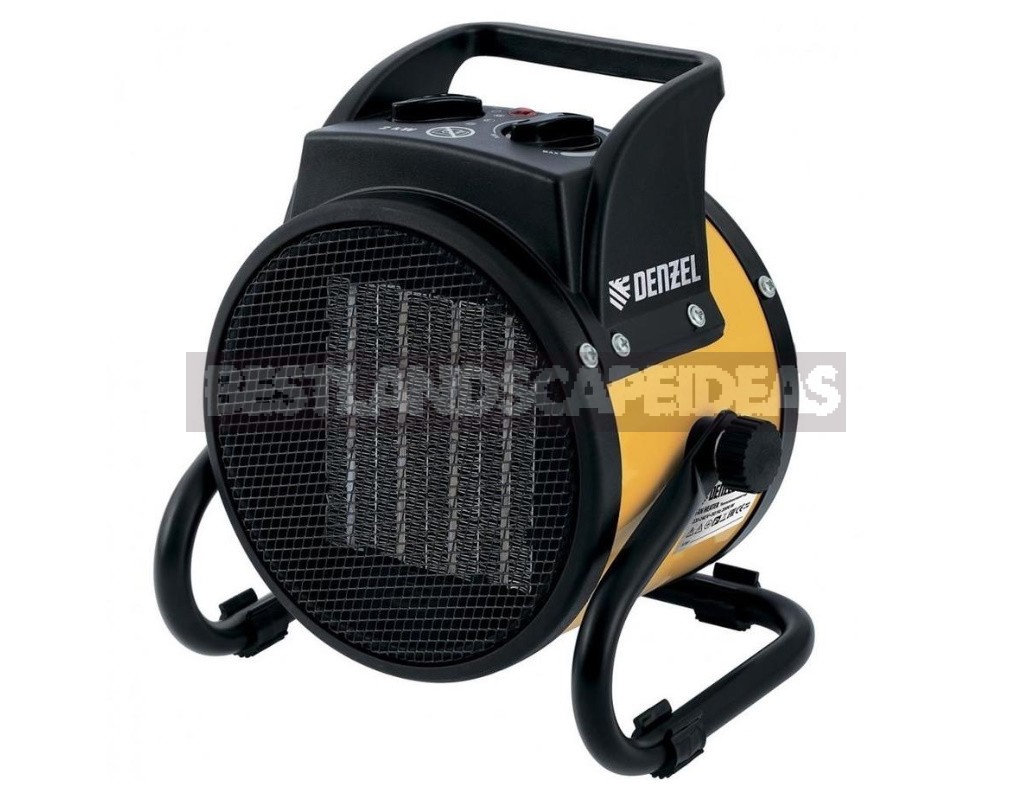
Possibility to select the heating mode
There is also a switch that allows you to select two power stages (1 or 2 kW) or ventilation mode without heating at all. The power of the unit is sufficient to supply at least 100 m³ of heated air in one hour. At the same time, the area of a reliably heated room is approximately 20 m².
Maneuverability and mobility
Attaching the device to the carrier frame allows you to freely change the angle of its inclination. Along the way, we note that for simple room heating, the most effective position of the gun is strictly horizontal. The weight of the heater does not exceed 2 kg.
How it looks in practice
In conclusion, we will try to calculate the power that will be required for heating and heating a specific cottage, provided that you looked there for the weekend. And at the same time, we will calculate the amount that will have to pay for heating the cottage for two full days off.
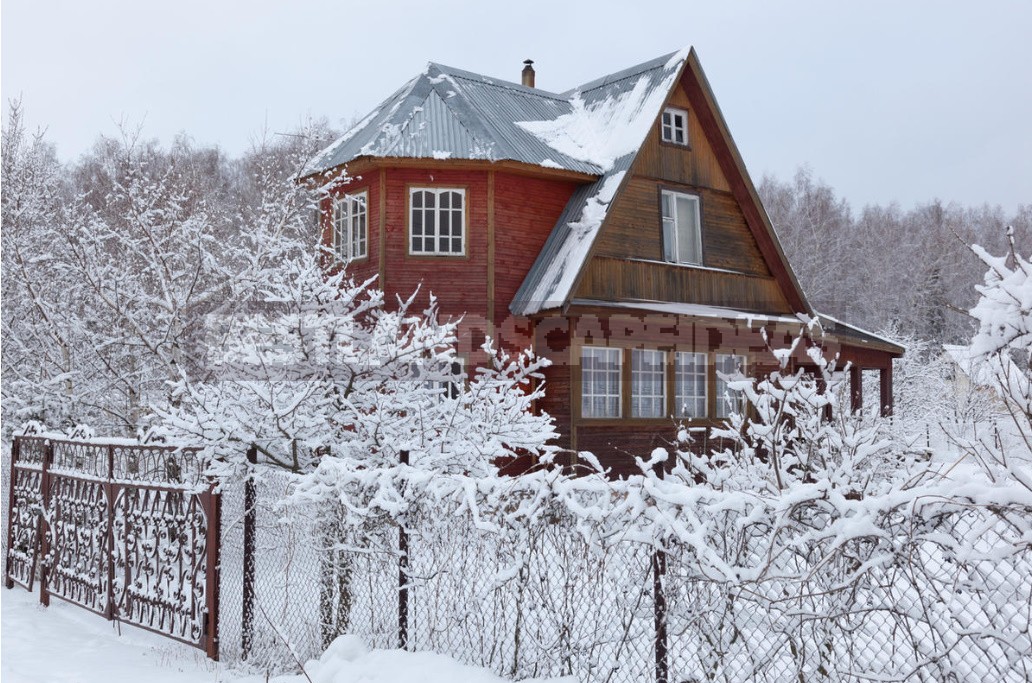
Example of calculating capacity and costs
Let me remind you that the required power will depend on three values:
- Volume (V) of the heated room.
- Level (k) of its thermal insulation.
- Values (T) – the difference between the outdoor air temperature (in °C) and the desired indoor air temperature.
Power consumption (Q) is calculated using the formula: Q = Vhtxk = kcal / h.
Let’s look at the simplest example. For example, on a winter weekend, you will only need to use two rooms – a kitchen and a bathroom. In a typical cottage, they occupy an area of no more than 40 m² with a height of no more than 3 m.
First value: total volume of the heated room: V = 120 m³.
Let’s assume that we are lucky with the weather and the street is not lower than -8°C, and in the rooms we will limit ourselves to a stingy +18°C. In this case, the temperature difference will be 26°C.
So, the second value is also found: T = 26.
k – coefficient of thermal insulation of the cottage. A very important indicator, see for yourself:
k = 3,0-4,0 – without thermal insulation;
k = 2.0-2.9-small thermal insulation;
k = 0.6-0.9 – high thermal insulation.
Along the way, I note that the value of these coefficients (with a seven-fold trim) clearly shows the benefits of sound insulation of the home. According to the letters of our summer residents, I reasonably judge that many have already implemented modern thermal insulation of their homes, this allows us to accept k = 1.
We calculated the third value for the calculation formula: k = 1.
In this case: Q = 120x26x1 = 3120 kcal / h.
Given that 1 kW = 860 kcal / h, we need a heat gun with a capacity of 3120/860 = 3.62 kW. Since it is necessary to heat several rooms, it is more logical to buy a pair of heat units with a capacity of 2 kW each. In this case, it is advisable to use the DHC 2-100 model. As the practice of using such equipment shows, the 1:1 mode is sufficient to maintain a comfortable temperature (1 hour of work – 1 hour of rest). Therefore, for 2 days on weekends, each heat gun will work 24 hours.
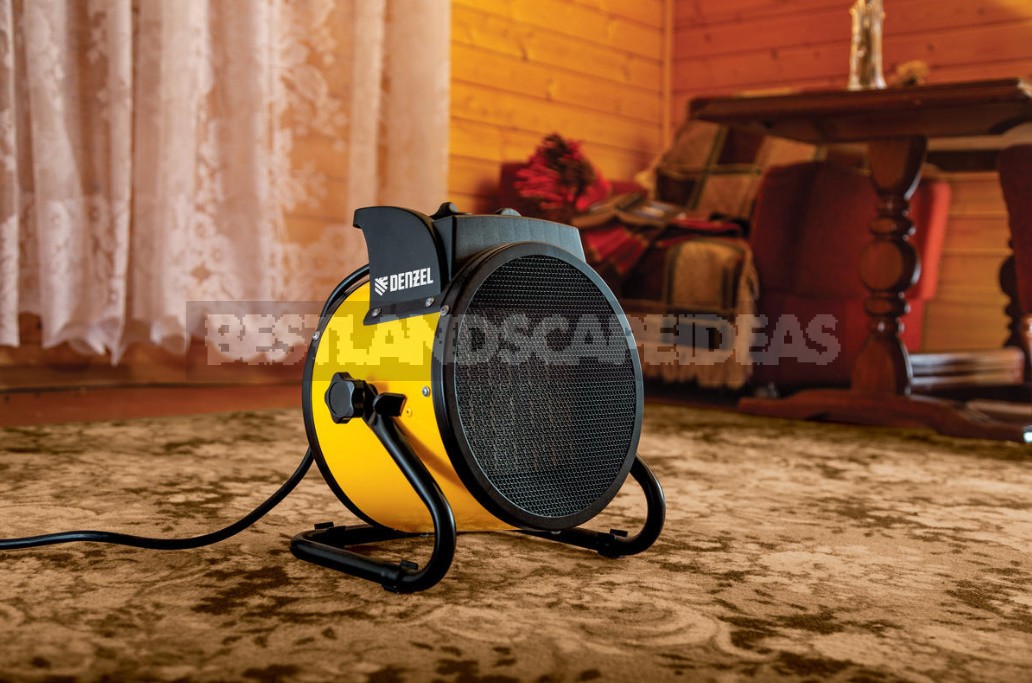
We consider it further. The power consumption of two DHC 2-100 models is 4 kW per hour, and 96 kW per 24 hours. It remains to multiply the resulting figure by the electricity tariff in your area, and we will get the cost of comfortable heating.


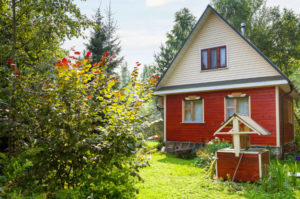
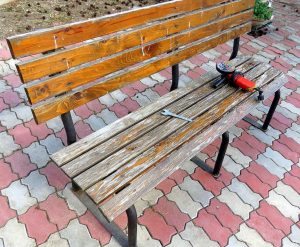
Leave a Reply